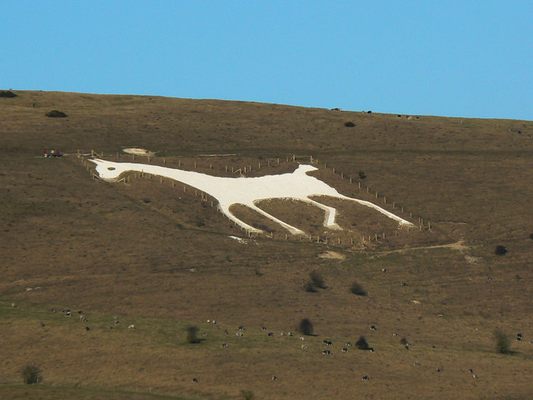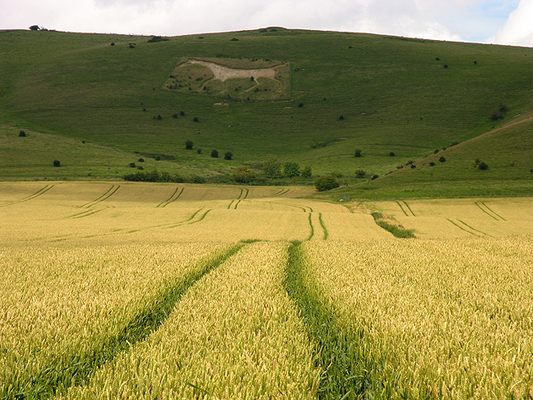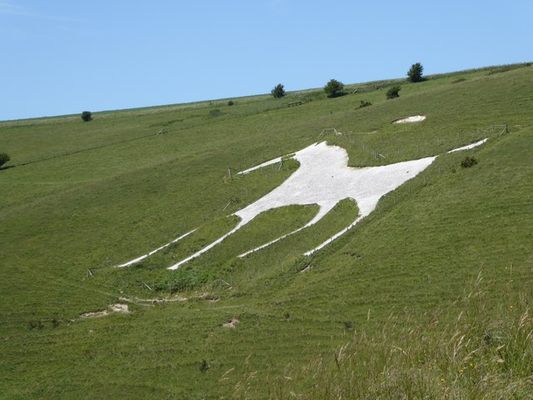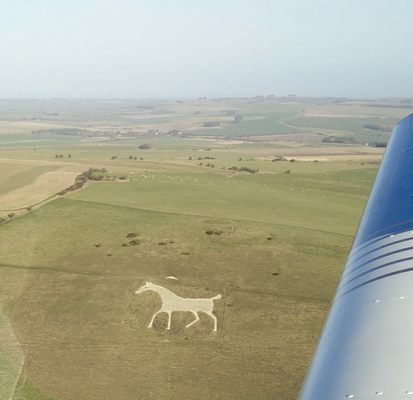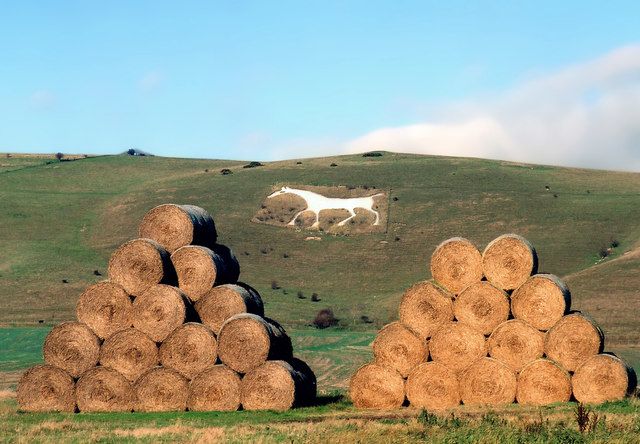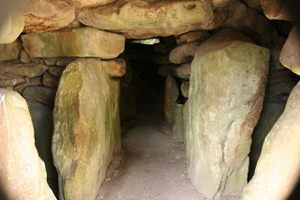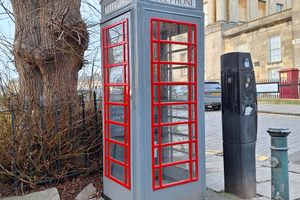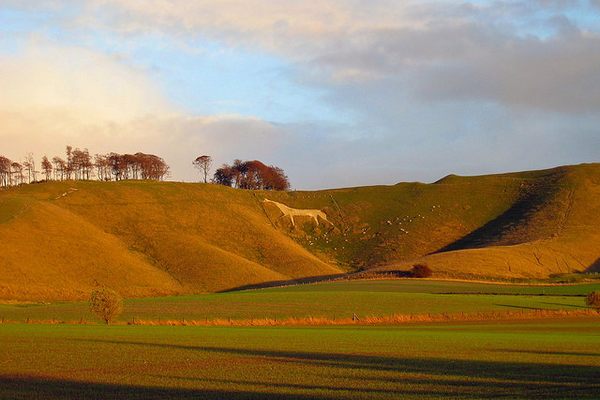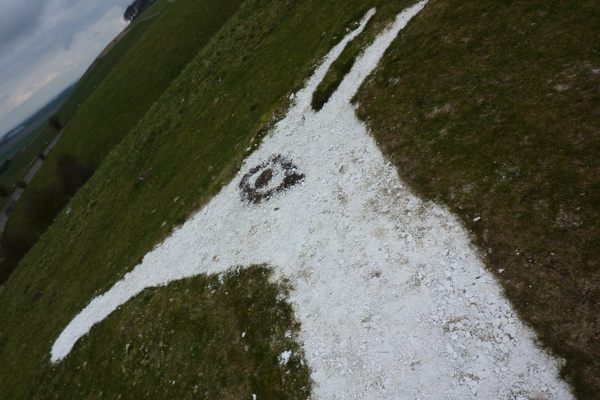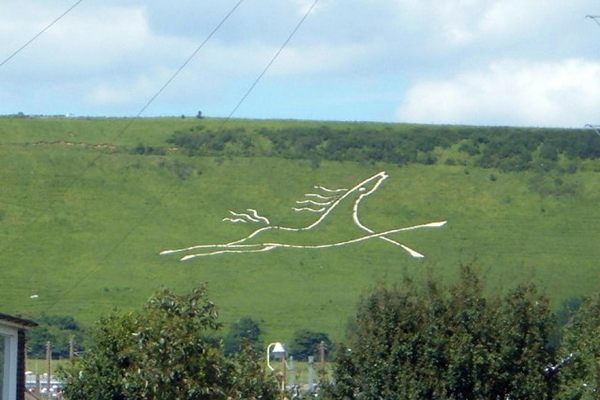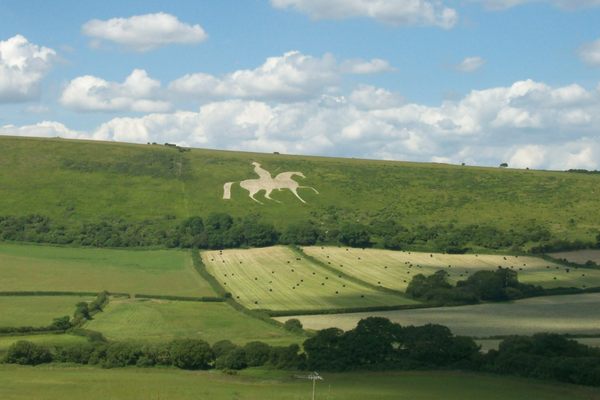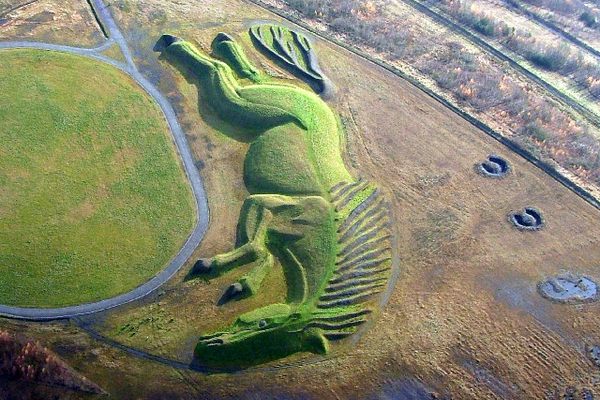About
The Alton Barnes White Horse is a staple feature of the rolling chalk hills that dominate the Wiltshire landscape. Though idyllic, this gigantic hill carving has attracted its fair share of trouble in the two centuries since it was created.
In 1812, a local farmer named Robert Pile hired a painter named John Thorne to design and cut the enormous equine into the chalky hill. Thorne agreed and accepted an advance payment of £20. He took the cash and, after secretly outsourcing the work, took off. Thorne was later caught and hanged for other crimes he had committed.
Even with the construction snafu, Pile was still able to get the Alton Barnes White Horse completed. The 180-foot-tall steed, which was modeled after the Cherhill White Horse, is now one of the country’s most beloved giant horse geoglyphs.
For centuries, people have scoured the horse to keep the carving fresh, though these groomings have altered its conformation by thinning its already swan-like neck and changing the shape of its head. During past winter solstices people outlined the geoglyph with candles to bathe it in a fiery glow. Locals even hosted a lantern parade in honor of the horse’s 200th birthday.
However, the chalk carving still attracts some horse play. Pranksters have twice used black tarps to transform it into a zebra for April Fools' Day. In yet another instance, unknown mischief makers gave the horse a massive penis, much to the amusement of passing motorists.
Related Tags
Community Contributors
Added By
Published
November 21, 2017
Sources
- https://www.wiltshirewhitehorses.org.uk/altonbarnes.html
- http://whitehorsewalk.co.uk/horses/alton-barnes.html
- http://www.thisiswiltshire.co.uk/news/11125290.April_fool_pranksters_turn_Alton_Barnes_horse_into_zebra/
- http://www.thisiswiltshire.co.uk/news/2094625.white_horse_is_altered/
- http://www.marlboroughnewsonline.co.uk/news/all-the-news/2824-horsing-about-earns-alton-barnes-white-horse-its-zebra-stripes
